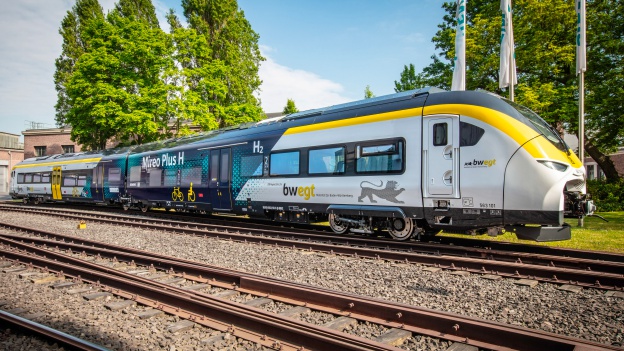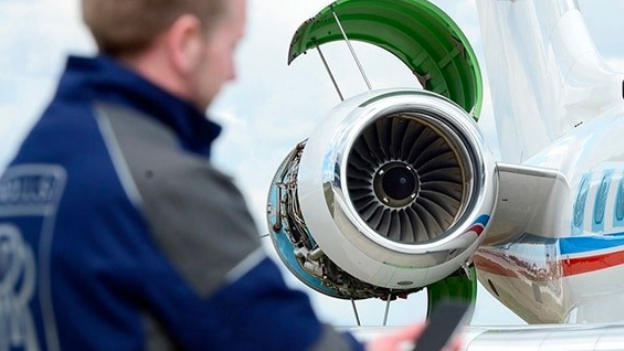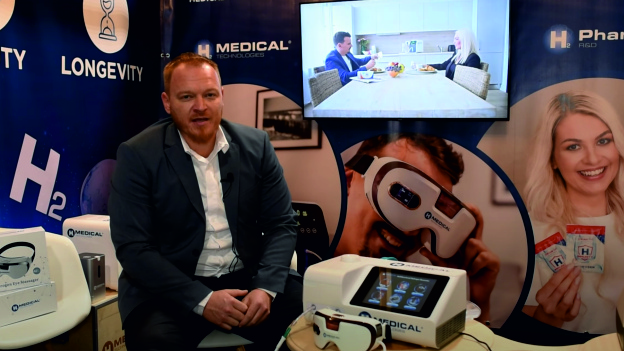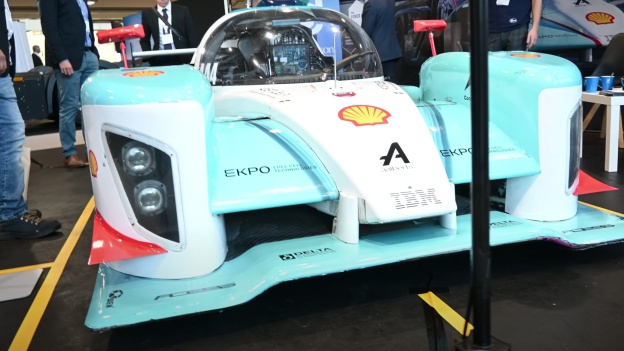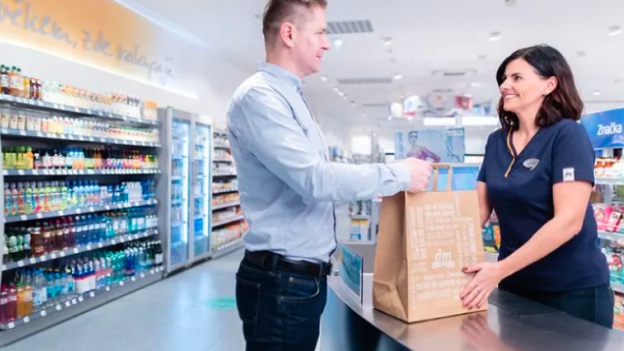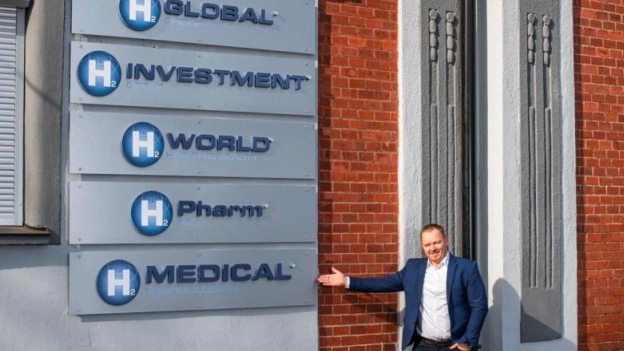The German village of Schopsdorf has made a significant history in the use of hydrogen in households. For three years they have been investigating whether it is possible to add hydrogen to the natural gas mixture. According to the recently published results, it turns out that a 20 percent hydrogen admixture worked flawlessly.
The project was sponsored by the German Gas and Water Association (DVGW). Hydrogen was introduced on a 35-kilometre section of Avacon's gas distribution network in Schopsdorf in the Jerichower Land region. This supplies approximately 350 customers on the network with natural gas. According to DVGW, the section of the medium-pressure distribution network dating back to the 1990s was particularly suitable for this project because the infrastructure installed here is representative of Avacon's entire gas distribution network.
According to DVGW, 352 pieces of equipment from 30 manufacturers were installed in the project area. This covers a wide range of possible equipment technologies.
The project has provided the association with important insights into the similarities between natural gas and hydrogen. These will now be incorporated into regulations to increase regulatory certainty for grid operators. In the future - if DVGW provides safety support - it will no longer be necessary to test all individual hydrogen supply devices. Instead, random testing of gas appliances will be sufficient.
Residents' concerns allayed
At the end of the project, more than 90% of the participants were in favour of using hydrogen in the gas network. Many overcame their initial reservations. Frank Schwermer, managing director of Avacon Netz GmbH, said: „We are particularly proud that all affected households in the study area participated in the project and that we received very good results in the final customer survey.“
Random appliance samples taken between mixing phases were also „consistently positive“. In addition, all appliances showed lower CO2 and NOx emissions during the mixing phases. This means that 7% CO2 could be saved when using a gas mixture with 20% hydrogen. By upgrading the heating appliance, CO2 emissions can be reduced by approximately 17 %. Taking both factors into account, this means a potential saving of 23 % CO2.
Gerald Linke, Chairman of the DVGW Board of Management, explained that the evidence presented could play an important role in municipal heating decisions.
„Our joint project has impressively demonstrated that the door is open for the rapid absorption of significant amounts of hydrogen through the existing gas infrastructure as well as for the operation of connected appliances. Hydrogen supply can thus be expanded on a large scale and existing appliances can be converted to hydrogen en bloc,“ said Linke.
The joint project has paved the way for practical adjustments to the regulations. According to DVGW, the hydrogen share can now be gradually increased without compromising safety standards. The association plans to request hydrogen compatibility information from all known appliance manufacturers and implement it in its database during 2024.
Source - DVGW
Photo source - DVGW













